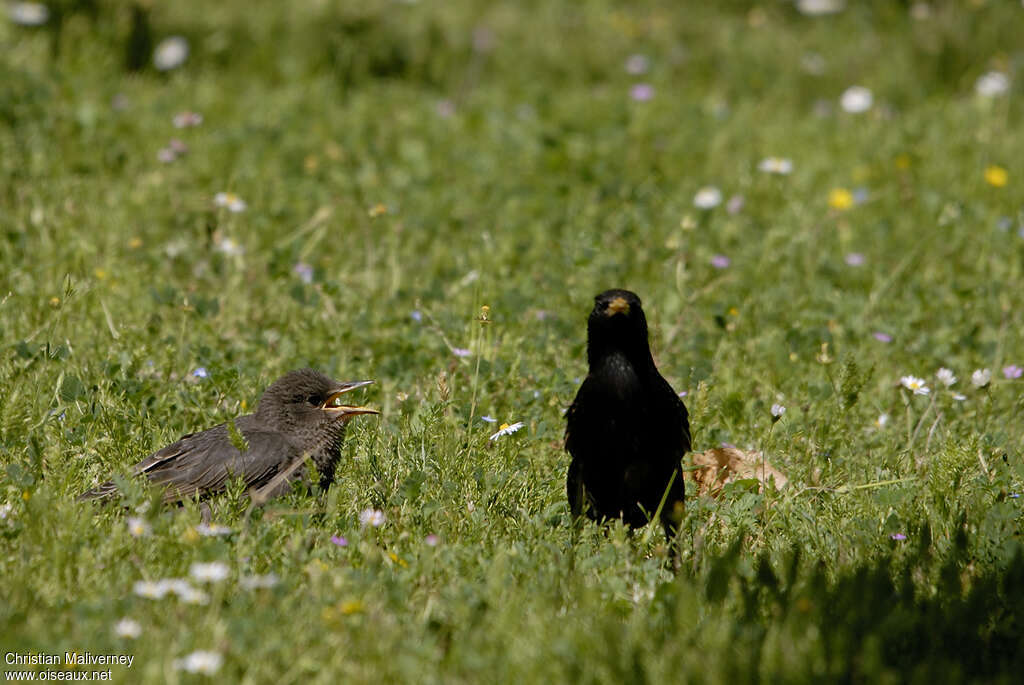
However, when an extra cost was added, such as raising parasitic offspring, the costs arose the next year. Apparently, females with better access to resources can make up for the investment in reproduction at no cost. We found similar results for older females. Interestingly, females that invested more in the first brood did also invest more in the second brood. We found that females with a high investment in the first brood where those in a monogamous relationship, or the primary females of a polygamous male. In total, we followed the fate of 2885 eggs. In short, a female with a higher proportion of nestlings that survive to day 14, with a heavier total mass, has invested more in that breeding event, than a female with a lower proportion of nestlings alive, or nestlings with lower body mass. We use this information as a measurement of parental investment. When nestlings are 14 days old, we check how many nestlings have survived to that age, we mark them individually, and we weigh them. Nestlings hatch eleven days after the last egg is laid. Birds including chickens lay one egg per day, so two new eggs in a nest on any given day means that a parasitic female has laid the second egg. When starlings start laying eggs, we visit the nests daily and mark each new egg. The Dehesa Forest (credit: Raquel Monclús) Thus, we can know who is the male and the female defending a nest by the number of visits.

Nest boxes have an antenna and a data logger that registers the entry by each individual. On the one hand, each bird has an individually numbered aluminum ring, and on the other, they have a transponder inserted under the skin. We weigh them and take some measurements, and we make sure that they are individually marked. Every year in March we trap all the adults in their nest boxes. The Dehesa is a cleared mixed forest of oak and ash trees, managed for cattle grazing. We have 250 nests boxes in a Dehesa forest, where starlings build their nests. We have been following a population of spotless starlings in central Spain, 40 km north of Madrid for the last 14 years.

In addition, we wanted to know how the mating system and the presence of parasitic offspring modulated the potential costs of reproduction Tracking A Population Of Spotless Starlings We expected to find that if reproduction is costly, a female making a big investment in the first brood will pay a cost in the second brood (by not reproducing or decreasing investment), or the next year. Starlings can lay up to two clutches in spring, one in April, when resources are more abundant, and one in late May – early June, when not all females manage to reproduce, and resources are less abundant. In this study, we wanted to know whether reproduction was costly for spotless starlings. Male and female Spotless Starlings (credit: Raquel Monclús) Spotless starlings are also very interesting because some females do not defend a nest, and instead lay their eggs in others’ nests, leaving the costs of incubating and raising the extra offspring to the foster parents. Therefore, we would expect to find differences in costs of reproduction depending on the social mating system in which a female is engaged.

However, in some species, such as the spotless starling, a common passerine bird, males might mate with more than one female at a time, and, therefore, males divide their care between two nests, with a primary female, who receives more help, and a secondary female, that receives the remains. Many bird species form monogamous pairs during the breeding season. Moreover, the social environment where an individual lives might also increase or decrease the costs of raising offspring.

Some individuals are better able to acquire resources, such as food, than others. In general, whether we might expect to find a cost in future reproduction or survival depends on the availability of resources, but also on the quality of the individual. In a more dramatic scenario, if it uses too many resources to produce offspring, it might not have enough resources to survive the winter. If an animal (or a plant) that lives several years invests a lot in one reproductive event, it might not have the resources to invest a lot in the following reproductive events. For instance, if animals (or plants) use many resources in producing offspring, they cannot use the same resources to grow or to repair their cells. One of the principles of behavioral ecology is that resources are limited, and thus, allocation decisions have to be made to make ends meet.


 0 kommentar(er)
0 kommentar(er)
